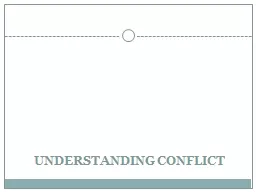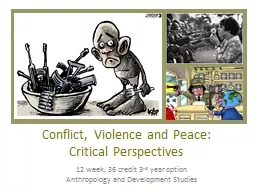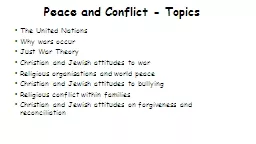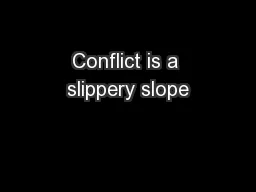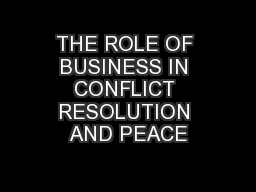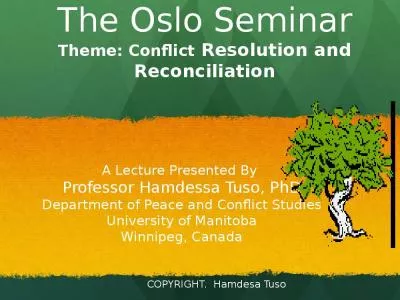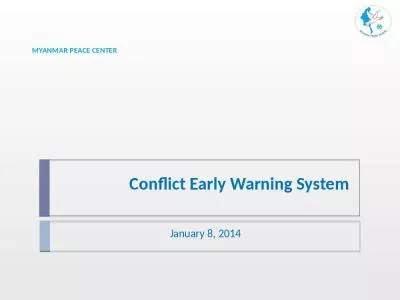PPT-Senior Seminar in Peace and Conflict Studies
Author : marina-yarberry | Published Date : 2018-11-02
Our Aqueous Exigence Establishing a Narrative For The Great Lakes Basin Commons by Rob Woodworth Overview The Great Lakes Water B asin is the single largest network
Presentation Embed Code
Download Presentation
Download Presentation The PPT/PDF document "Senior Seminar in Peace and Conflict Stu..." is the property of its rightful owner. Permission is granted to download and print the materials on this website for personal, non-commercial use only, and to display it on your personal computer provided you do not modify the materials and that you retain all copyright notices contained in the materials. By downloading content from our website, you accept the terms of this agreement.
Senior Seminar in Peace and Conflict Studies: Transcript
Download Rules Of Document
"Senior Seminar in Peace and Conflict Studies"The content belongs to its owner. You may download and print it for personal use, without modification, and keep all copyright notices. By downloading, you agree to these terms.
Related Documents


